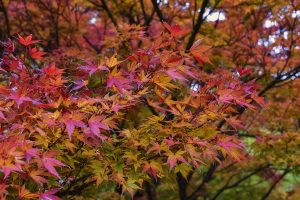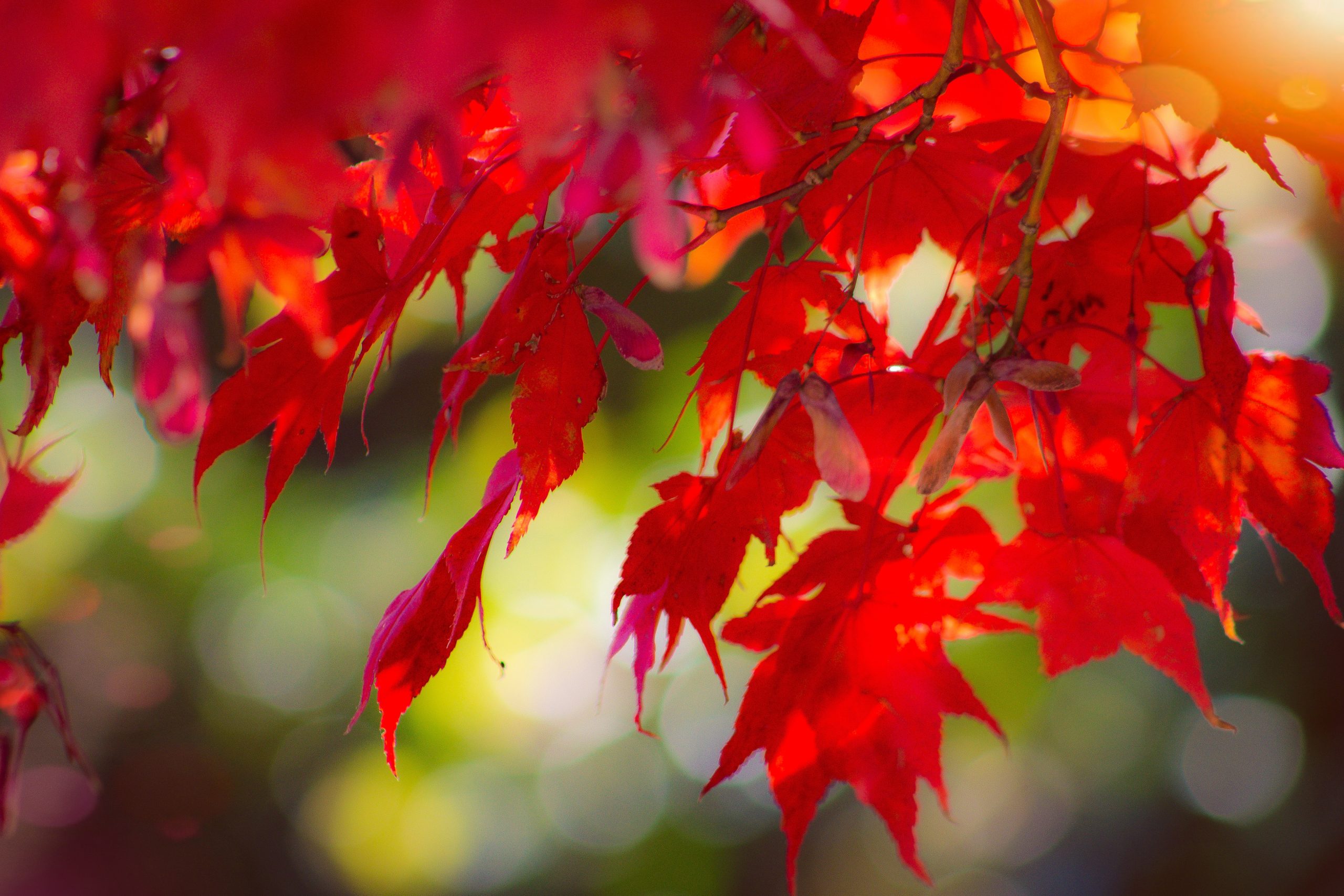Last Updated on April 8, 2024 by Real Men Sow
The Japanese Acer or Maple tree is commonly found in Japan and Korea. These acer trees are notable for their beautiful deep red and orange colours. Even though the Japanese Acer tree does not originate from here, it is still possible to grow them in the UK. For those gardeners who have less free space in the garden, growing Japanese Acer in pots is a great solution!
Japanese Maple trees come in pots that can be used for at least five years before they need to be repotted. Avoid round pots that are too bulbous. When it comes time to repot your Japanese Maple, the only way is to break the container. The base of all containers should have drainage holes.
What Is The Best Pot For Growing Japanese Acer Tree?
Stone or terracotta is the best choice because their weight, compared to lighter containers, will prevent them from being blown over by strong winds. Containers that are large enough to support themselves should have a wide base.
Wood containers are very attractive and can be heavy but may need treatment to stop the wood from rotting. This could also cause damage to your Japanese Maple. You should ensure that any container you use has drainage holes at the base.
The pot size should be proportional to the tree’s size. Usually, the best way to choose the right size container is to simply compare the pot’s size to the tree’s. A 30cm (1ft2) square pot can support our 140cm Japanese Maple very well.

Repotting a Japanese Acer (Maple) Tree
Your Japanese Maple tree may need to be replanted immediately after it is purchased. Or it might grow out of its existing container. Replanting a Japanese Maple tree in the spring or late winter is the best time. As described above, first choose a new container.
Next, you need to decide which soil you want. Japanese Maples like slightly acidic soil, so potting compost is suitable for Azaleas, Rhododendrons and other ericaceous plants. A loam-based compost that is slightly acidic is another option.
Clean the container if it has been previously used. To ensure drainage, add approximately 4cm (1 1/2 inches) of smallish stones or broken pot pieces to the bottom of the container.
Take the tree out of its container and gently brush the soil from the root ball. Gently pull out roots from old compost if they are too dense. Then, add some compost to the container.
To ensure that the compost remains at the same level as the original container, it will be necessary to add and remove compost. Lightly firm the new compost by adding a few centimetres at a time. Do not compact the new compost, but ensure that there are no air pockets in it.
To fill the container, add compost up to 5 cm / 2in below the top. To the compost’s surface, add about 2cm/ 3/4in of chippings. A bag of chippings is a great way to finish off your compost and deter pests.
If possible, water well with rainwater (rather than tap water). Container supports are also recommended to keep the container from sinking into the ground. This allows for the best drainage and prevents the container from becoming a breeding ground for insects.
Taking Care of Japanese Acer In Pot
Although Japanese Acer trees that grow in pots require minimal care, they appreciate it often. It is important to ensure that the compost does not dry out. Even a few days without watering in warm sunny weather can cause them serious damage.
It is a good idea to ask your friends or neighbors to water your Japanese maple(s) if you are planning a summer vacation. If this is not possible, then place them in a cool and shaded area. If you live in an area that experiences cold winters or high winds, then keep your Japanese Maples indoors from December through March. Then bring them back to the garden in the spring.
Two times a year, feed the plants with slow-release fertilisers such as bone, blood, and fish. Use a lot of it and gently work it into the soil. The first feeding should be in March, and the second in June. Avoid feeding your tree nitrogen-rich fertilisers. They will encourage weak leaf growth that can be damaged during winter.
Pruning in June is a good idea to remove any damaged or wispy branches, especially in the middle of the tree. To maintain the size and shape of a Japanese maple tree, you can also prune it.
How To Care For Japanese Acer in The Winter
Two main considerations should be made when Japanese Maples are kept in UK containers during winter. The first concern is to keep the soil dry from winter rain. Although Japanese Maples can tolerate many conditions, they are not tolerant to large changes in water content.
As with all containerized plants, the second thing to be aware of is to prevent soil from freezing over for prolonged periods. Japanese Maples have a fibrous root structure that is easily damaged by prolonged periods of frost. You can insulate the containers, but it only delays the frost.
Keep the following two principles in mind when moving your Japanese Maple. A cold greenhouse is the best place for your Japanese Maple. This will provide protection against the cold winds and frost, as well as protecting your tree. This will protect your tree from the cooling winds and provide some protection against frost. However, it is important to take the tree out of the greenhouse as soon as you notice warm weather.
Although most people don’t have a greenhouse, it is possible to grow plants in an open garage. You don’t need to worry about lack of sunlight as Japanese maples live in hibernation in winter. After the frosts have passed, you can move the tree into the open.
You should not attempt to move the tree into your home if you don’t have a greenhouse or an open garage. The conditions will be too hot and the air too dry. It is best to locate the most protected spot near the house’s walls. The house walls are warm enough to protect your Japanese Maple tree against the cold of winter. You should also look for a position that protects against wind and reduces rain on the soil.
Avoid the East-facing position in winter for Japanese Maples. This particular location is likely to get morning sunlight and warmth after a cold night. Containerized trees are not well suited for this sudden temperature change. It is better to have your trees in a North or West facing location that will heat up more slowly in the mornings.

